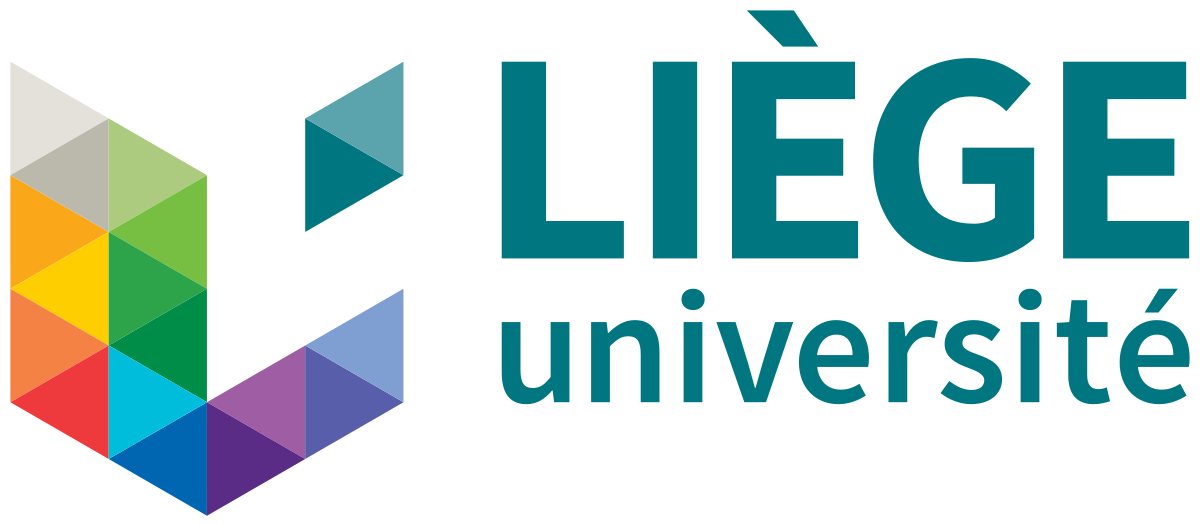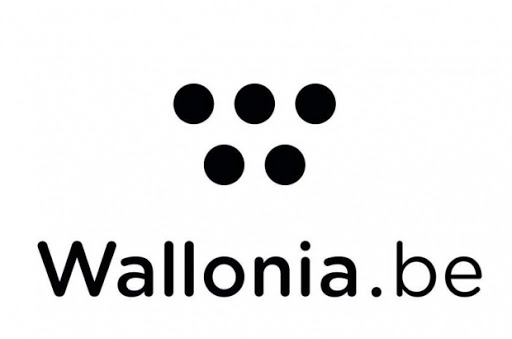The University of Liège has a long tradition in aerospace shared between five departments and one research center: Department of Aerospace and Mechanical Engineering(A&M), Urban & Environmental Engineering (UEE), Electrical Engineering and Computer Science (EEI Montefiore), Chemical Engineering; Space sciences, Technologies and Astrophysics Research unit (STAR) and Centre Spatial de Liège (CSL).

A&M Department
The Aeroelasticity and Experimental Aerodynamics Research Group conducts cutting edge research in the areas of experimental and theoretical aeroelasticity and aerodynamics, with particular applications aircraft, rotorcraft, drones and wind turbines. The research group collaborates closely with the ULiege’s large multidisciplinary subsonic wind tunnel.
The Computational & Multiscale Mechanics of Material focuses on the development of multi-scale numerical methods for complex non-linear engineered materials, such as composites, foamed materials, and MEMS.
The Metallic Materials Science Unit studies the manufacturing processes, properties and microstructural characterization of metallic materials. The group has three laboratories, one for microstructure studies, one for the determination of thermal properties and one for damage studies.
The Computer Aided Geometric Design group is active in research in CAD/CAM/CAE and the link with novel numerical simulation techniques. Aeronautical applications include X-FEM simulations of composite structures (structural analysis or manufacturing techniques)
The Non-Linear Computational Mechanics group specializes in tailored software development and numerical simulation of problems involving large deformations, complex contact situations and multi-physics couplings. The group’s finite element software METAFOR can deal with complex material behaviors including damage and fracture propagation for both metallic and composite materials.
The Mechanical Vibrations Lab focuses on the theoretical and experimental dynamic analysis of jet engine mechanical components. The main topics on which the lab has developed a strong research expertise are the following: structural design of aircraft engines, turbomachinery rotordynamics, vibration testing and modal analysis.
The Multibody & Mechatronic Systems Lab develops computer-aided tools for the mechanical and control design of deployable space structures, large telescopes, robots, machine tools, wind turbines, vehicle suspensions and powertrains. The team is also involved in the Laboratory of Human Motion Analysis of ULiège.
The Multiphysics & Turbulent Flow Computation group is specialized in computations of turbulent flows and complex multiphysics phenomena covering a broad range of applications in aerospace and other fields, ranging from turbulent combustion in scramjet engines to polymer drag reduction in turbulent incompressible flows.
The Precision Mechatronics Laboratory (PML) is developing instrumentation and strategies for actively measuring and controlling the vibrations of structures. Over the years, it has developed internationally recognized expertise in high precision control of large instruments dedicated to experimental physics, including gravitational wave detectors, particle colliders, segmented ground and space telescopes, satellites and light sources.
The Space Structures and Systems Laboratory research activities include spacecraft structures, nonlinear vibrations, astrodynamics and low-energy spacecraft transfer trajectories, ray tracing methodologies for thermal radiation, system identification, structural health monitoring and vibration mitigation.
The Design of Turbomachine Lab (DoT) carries out research in turbomachinery design and aerospace propulsion using numerical methods and high-performance computing. The lab also runs a number of dedicated test benches.
Urban & Environmental Engineering (UEE)
The Materials and Structures Mechanics laboratory offers possibilities for aeronautical firms to carry out mechanical tests on different types of aircraft components, such as rods, lubrication groups, bearing supports, flap actuator parts and composite or metallic engine components.
Materials and Solid Mechanics team focuses on materials (steel, Ti, Al...), their characterization, forming processes and behavior modelling. Development and identification of constitutive thermo-mechanical-metallurgical laws rely on macroscopic phenomenological or multi-scale approaches and crystal plasticity models. Implemented within FEM codes, these laws and post processors predict stress, strain, microstructure, rupture during forming processes, static or cyclic loading. Fatigue, creep, corrosion and additive manufacturing are the current topics. Since 1984, MSM team has developed its own non-linear finite element code Lagamine.
EEI-Montefiore Department
Applied and Computational Electromagnetics (ACE) group: Electromagnetic Compatibility (EMC) tests according to MIL STD 461 (D/E/F) and RTCA DO 160 in reverberating and semi-anechoic chambers. Modeling of electromagnetic systems from statics and quasistatics to wave scattering and optics.
INTELSIG specializes in the acquisition, processing, analysis, and exploitation of a variety of signals and images for a variety of applications. It routinely deals with audio, sound spatialization, biomedical signals, radar signals and images, stereoscopic 3D images, ladar images, video analysis, motion analysis, etc.
The Microsys laboratory carries out exploratory R&D in the fields of microsystems, microelectronics, advanced packaging and energy harvesting. Microsys current activities include the design and integration of ultra-low power wireless sensor microsystems for structural health monitoring and environment sensing in harsh conditions.
Space sciences, Technologies and Astrophysics Research unit (STAR)
More than 100 scientists of STAR unit at ULiège conduct cutting-edge research focussing on:
Planetology: detection, characterization and direct imaging of exoplanets, study of planets and small bodies of the Solar System, composition and dynamics of Earth's atmosphere;
Stellar astrophysics: observational characterization and modelling of stars and their evolution, interaction of stars with their surroundings, high-energy emission;
Cosmology, dark energy, extragalactic astrophysics & astro-particles: quasars, gravitational lensing, gravitational waves, large-scale structures, dark matter, cosmic rays;
Instrumentation: Earth observation and astronomy payloads and satellites, ground-based instruments, custom-designed instruments dedicated to special applications.
STAR researchers are involved in the development of space missions and ground-based instruments, as well as in the gathering and modelling of data obtained using the largest international observatories and with STAR-owned telescopes (like TRAPPIST). STAR includes a wide interdisciplinary expertise in the field of instrumentation, through the research division of the Centre Spatial de Liège, which links the mission definition to the scientific interpretation of data.
ULiege - RISE (Research Innovation Support & Entreprise), Avenue Pré Aily 4
4031 Liège
Belgique

